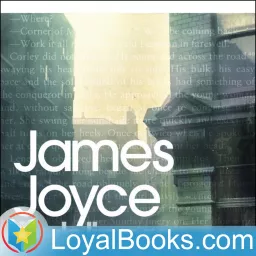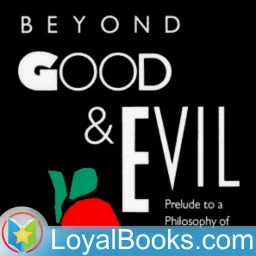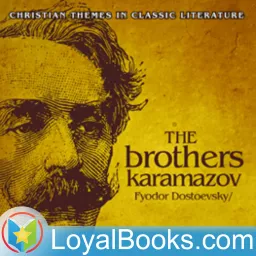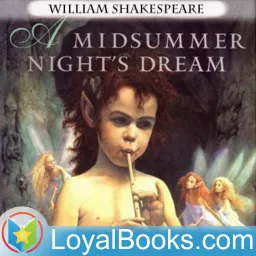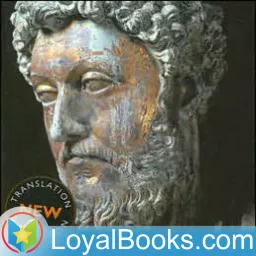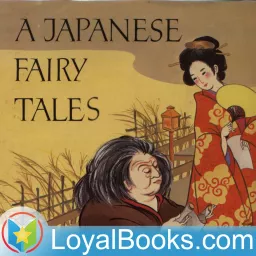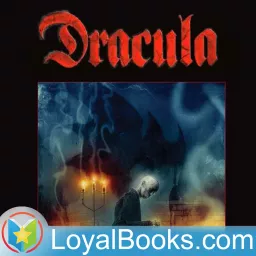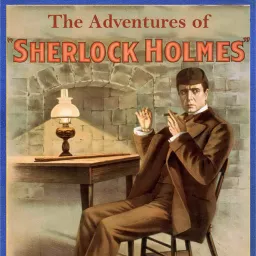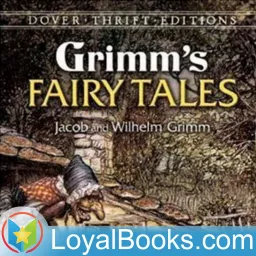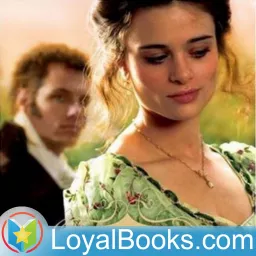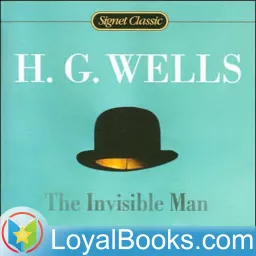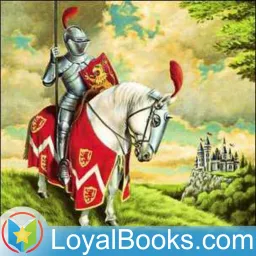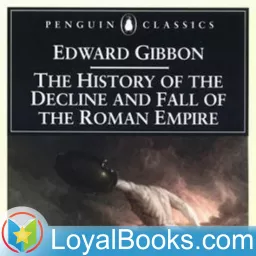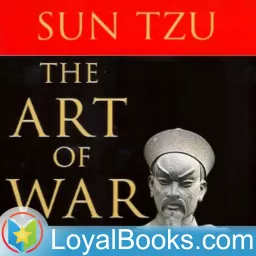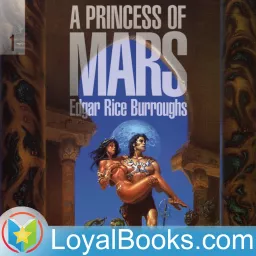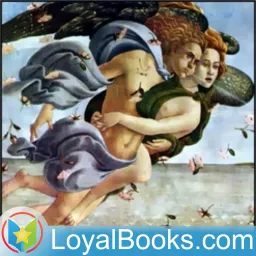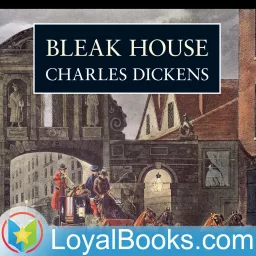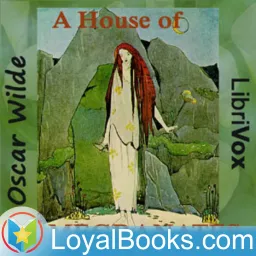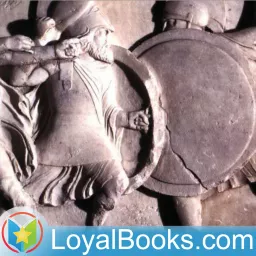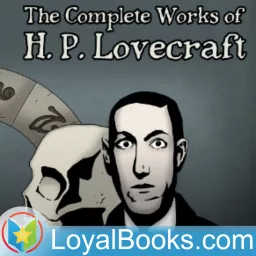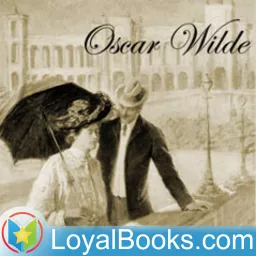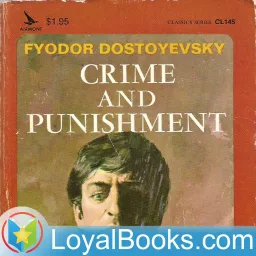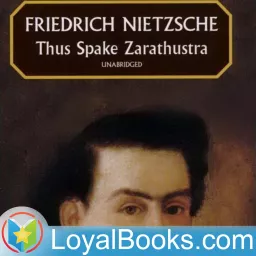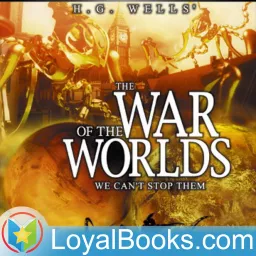A Portrait of the Artist as a Young Man by James Joyce

His family name is derived from a Greek craftsman who created the Labyrinth and designed wings for himself and his son to fly away from the island they were imprisoned in. But Stephen Dedalus, the young hero of James Joyce's first novel, is a young man who rises above his baser instincts and seeks a life devoted to the arts. This quintessential coming of age novel describes the early life of Stephen Dedalus. It is set in Ireland during the nineteenth century which was a time of emerging Irish nationalism and conservative Catholicism. Highly autobiographical in nature, A Portrait of the Artist as a Young Man draws heavily on real events and characters from Joyce's own life, though he adopts an ironical and often satirical tone. The book is also notable for its being the first one in which Joyce uses innovative “Stream of Consciousness” writing style. A Portrait... follows Stephen Dedalus from his babyhood into early adulthood. One of the most remarkable things about Joyce's style is that the early chapters are expressed in child like language. For instance, the famous opening lines of the book are, “Once upon a time and a very good time it was there was a moocow coming down the road....” These are lines from a story that Stephen's father tells him as a baby. The final lines “Welcome, O Life! I go to encounter for the millionth time the reality of experience...” Between these two lines lies the story of Stephen's growth and development. He goes through phases of religious obsession, where he passionately follows his church's teachings and is often racked by guilt and despair. However, as he attains manhood, his rational, adult faculties begin to emerge and he goes forth to meet life as a fully conscious, aware individual, enriched by all that has happened to him. Joyce explores the ideas of the over riding role of religion in the life of the Victorian Irish people, their extremism and their fanaticism. He also explores the role of the artist in society and their responsibilities. Finally, Joyce delves into the larger questions of Irish nationalism and their need for self government. A Portrait... is a book that young people should read for its passionate optimism and older people should read for the recollections it evokes of their own past.

